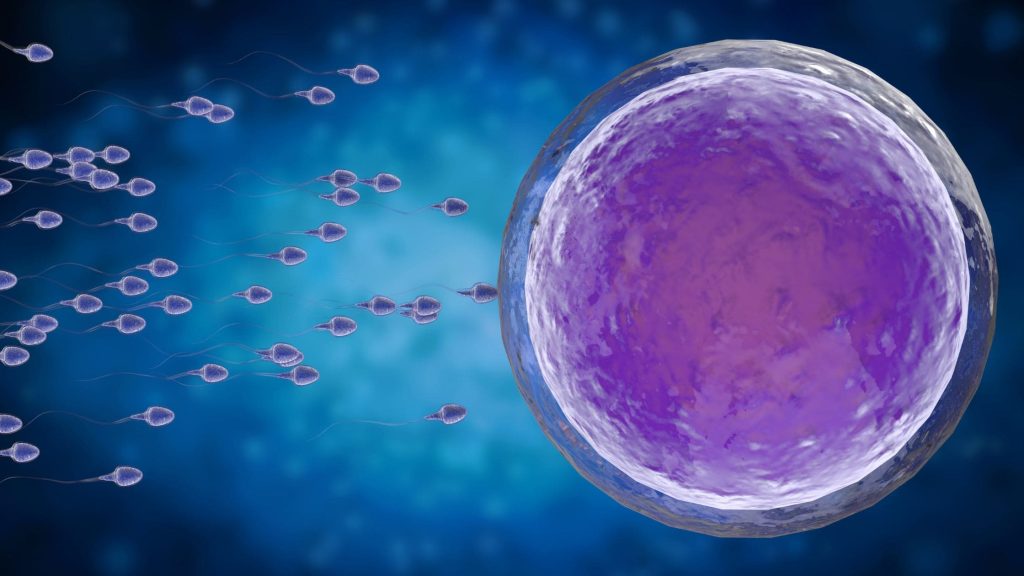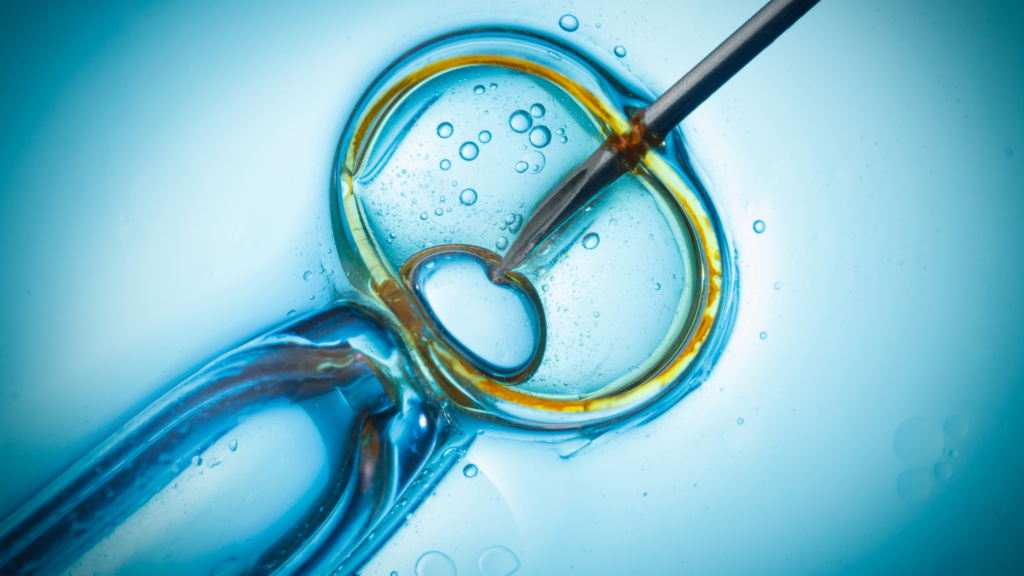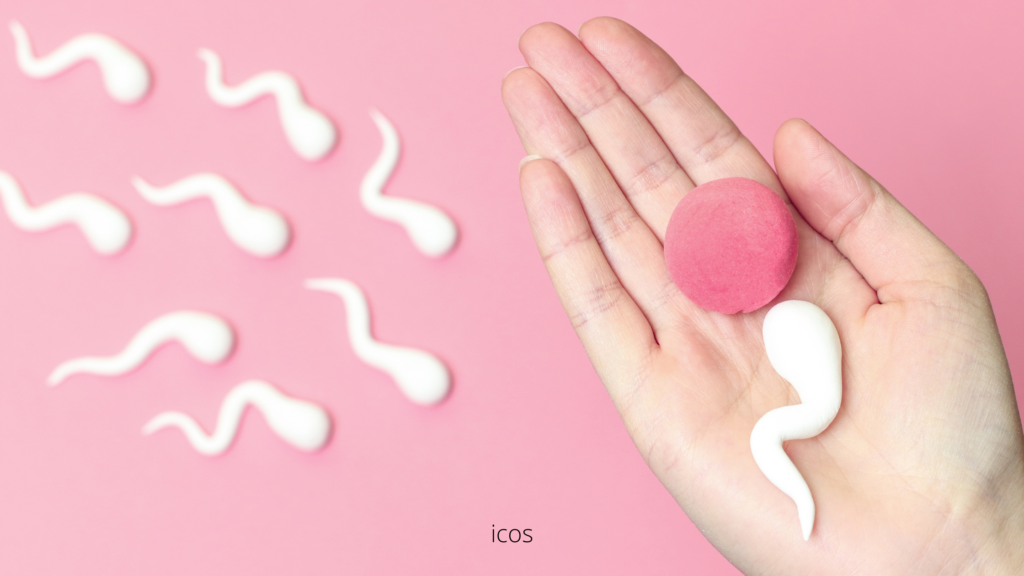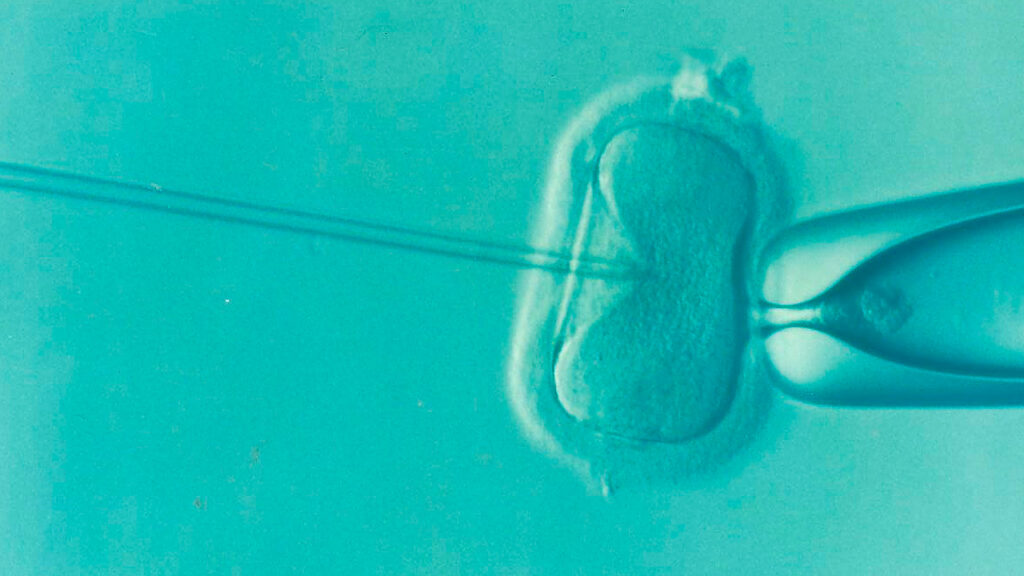FEMALE FERTILITY: What is it and how is it measured?
- Home
- Uncategorized
- FEMALE FERTILITY: What is it and how is it measured?
Fertility is the ability of living beings to reproduce and give rise to a new being. We understand that a woman is fertile or has an adequate state of fertility when she has the necessary aptitudes for procreation.
Fertility is mainly determined by the reproductive system, therefore, in order to talk about fertility, it is important to understand how the female reproductive system works.
How does a woman’s reproductive system work?
For them, we are going to organize this system in three parts, all of them fundamental to achieve a natural pregnancy.
Ovary: it is the structure where the ovules mature. The number of eggs a woman has is defined at her birth and, from puberty, this set of immature eggs matures in successive menstrual cycles. In other words, somewhat colder, the ovary is a storehouse for immature eggs and not a factory. From puberty to menopause, the eggs begin a maturation path that ends in what we know as “ovulation” which is nothing more than the exit of the mature eggs from the ovary into the fallopian tubes.
Fallopian tube. In the tubes is where the union of ovum and sperm takes place to give rise to the embryo. This process is known as “fertilization.”
Uterus. After fertilization in the tubes, the embryo descends to the uterus, implants in it and initiates the successive embryonic divisions for the formation of the placenta and fetal development.
Considering these three organs or functional parts of women, we can say that, from the female point of view, for an evolutionary gestation to be achieved, it is necessary:
- That the eggs are of quality and mature correctly.
- Ovulation occurs.
- That the fallopian tubes allow the passage of sperm and fertilization.
- That the uterus has the appropriate consistency and appearance for embryo implantation.
How is female fertility studied?
The reproductive system of women is regulated by hormones. A correct hormonal release is what marks ovarian maturation and ovulation at the given moment as well as the growth of the uterus so that it can communicate with the embryo and implantation occurs.
Therefore, the way we measure the functioning of the reproductive system and the fertility of women is through the study of her hormones. Also, it is essential to analyze the state of the fallopian tubes and uterus.
The main tests that exist to study female fertility are:
- Hormonal analysis: Around the third day of the cycle, considering that day 1 is the day the period comes down, a blood draw is made to measure the hormones FSH, LH, estradiol and prolactin. Other hormones related to fertility are also analyzed, such as progesterone, on day 21 of the cycle, or the anti-Müllerian hormone.
- Patency of the fallopian tubes: To confirm that the tubes are free and allow fertilization inside, a test known as Hysterosalpingography is performed.
- Vaginal ultrasound. Another necessary test to study whether a woman can achieve a natural pregnancy is to do a vaginal ultrasound in which we can analyze the stage of the ovary and the ovarian reserve as well as study the uterus and the possible appearance of polyps, fibroids or cysts that may interfere.
All these tests must be analyzed by a specialist in order to determine, based on the results, the fertility status of the woman. We must bear in mind that even today there are still various aspects of fertility that reproductive medicine does not know.
Finally, we must not forget that procreation is a matter of two and, therefore, male fertility should also be studied when a couple wants to know their reproductive possibilities. In the next article we will talk about this in more detail.
You may also like
Azoospermia: qué es y cómo tratarla
Un hombre que tenga azoospermia (ausencia de espermatozoides tras eyaculación) no quiere decir que necesariamente no pueda tener hijos. Es …
Fecundación In Vitro: qué es y su proceso
La fecundación in vitro (FIV) es un técnica de reproducción asistida que tiene la finalidad de ayudar a las mujeres …
Inseminación Artificial: qué es y cómo se hace
Los procesos de reproducción asistida pueden parecer similares y a la vez diferentes entre sí. Todos ellos están pensados para …
MALE FERTILITY: What is it and how is it measured?
The reproductive system of men and women is very different. Just as women are born with all the eggs that …
Principales causas de infertilidad
Son muchas las posibles razones por las que el embarazo natural puede no llegar. Sin embargo, existen una serie de motivos que son más comunes y de los que hablaremos en profundidad en el artículo de hoy.
Técnicas de reproducción asistida
La reproducción asistida es la parte de la medicina que ayuda a la procreación cuando ésta no llega de forma natural. Existen principalmente dos técnicas de reproducción asistida: la inseminación artificial y la fecundación in vitro. La diferencia principal entre ambas radica en el grado de asistencia o ayuda que suponen en relación al proceso natural de concebir.






